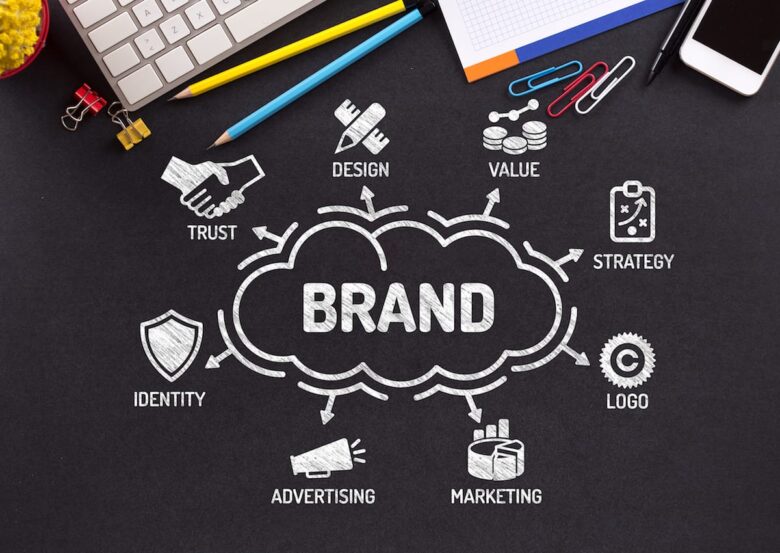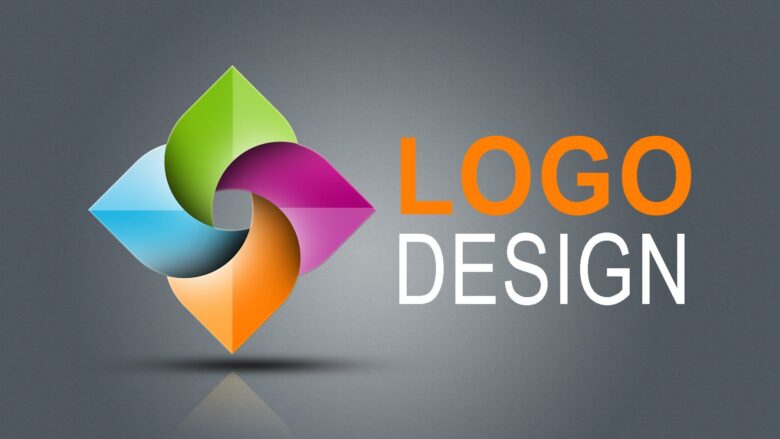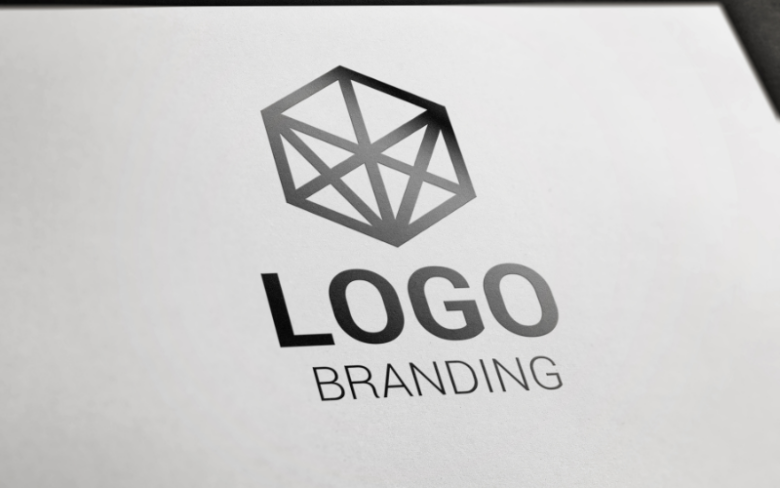Hey there, you aspiring entrepreneur! So you’ve started your own business, and now you need a logo to represent your brand. A memorable, eye-catching logo is key to establishing your professional image. But, designing an effective logo can be challenging. You want something simple but striking, timeless yet modern. How do you create a logo that accomplishes all that?
Contents
Understand Your Brand Identity and Audience
To create a professional logo design that represents your brand well, you first need to determine your brand identity and understand your target audience.
Know Your Brand

Source: techmoran.com
What makes your business unique? Are you fun and quirky or professional and polished? Your logo should communicate your brand personality. Think about words that describe your brand and images that represent it.
Understand Your Audience
Who are your ideal customers? Are they young or old, casual or formal, trendy or traditional? Your logo should appeal to them. If your brand is youthful, but your clients are professional, your logo needs to strike a balance.
Do Your Research
Study logos of competitors and similar brands. Look at colour palettes, fonts, and icons in your industry. Your logo should be distinctive but still fit within your field.
Research Competitors and Industry Trends

Source: businessnewsdaily.com
Check out logos of similar companies to see what designs and styles are popular. Notice any common colors, fonts, or symbols.
This research will help ensure your professional logo design looks modern and professional, not outdated. At the same time, you want a unique logo that stands out, so don’t copy what others are doing.
Pay attention to trends in your industry. If most tech companies use sans serif fonts and minimalist designs, an ornate serif font won’t resonate with your audience. But a trendy font or symbol that becomes dated quickly won’t serve you well in the long run either.
Strike a balance between timeless and current when creating your professional logo design. A logo should represent your brand for years to come, so choose elements, like a simple yet memorable shape or icon, that will stay in style quickly. Combine them with a versatile font that can be modernized as needed.
Choose the Right Logo Elements and Style

Source: buttercup.in
A successful professional logo design combines appropriate visual elements and a consistent style.
- Focus on simplicity. Limit the number of colours, fonts, and shapes. Two or three complementary colours and a single font style are enough. Too many competing elements need to be clarified for viewers and dilute your brand identity.
- Choose elements that represent your brand. For example, a tech company may incorporate circuitry or gears, while an organic food company may use leafy greenery. Abstract shapes and symbols can also work well. Elements should be distinctive but simple enough.
- Develop a consistent style. All elements of your logo colours, shapes, fonts, and imagery should share a cohesive style. For example, a rounded font pairs better with circular shapes versus angular shapes. A cohesive style strengthens brand recognition.
- Ensure scalability. Your logo needs to look clear and balanced in all sizes, from business cards to billboards. Simple designs with few fine details typically scale the best.
- Make it memorable. An effective logo is instantly recognizable. Memorable logos often incorporate rhyme, alliteration, symmetry or other visually striking attributes that are easy to remember.
Focus on Simplicity and Memorability
A memorable and simple logo is key to establishing your brand. As a professional logo designer, your goal should be to create a design that is:
Clean and Minimal
Avoid cluttering your design with too many colours, fonts or images.
Use up to two complementary colours and one or two simple fonts in your professional logo design. Keep the overall design minimal. A simple logo is more versatile, scalable, and memorable.
Timeless

Source: intepat.com
Choose a style that won’t quickly become outdated. Trendy designs seem appealing now but will likely need an update within a couple years. Aim for a clean, classic style.
Memorable
The logo should be distinctive and instantly recognizable. Incorporate unique elements that stick in customers’ minds. You might subtly weave the company’s initials or name into an interesting graphic or symbol.
Color Psychology and Its Impact
The colors you choose for your logo play a pivotal role in how it’s perceived by your audience. Every color evokes specific emotions and associations; for example, blue often represents trust and stability, while red can evoke passion and excitement. When deciding on your logo’s color palette, consider the message you want to convey and the emotions you want to evoke in your target audience. However, it’s crucial not to overcomplicate things – using too many colors can make your logo appear cluttered.
Versatility Across Different Mediums
In today’s diverse marketing landscape, your logo needs to look great everywhere, from business cards to billboards to social media profiles. Therefore, it’s crucial to ensure your design maintains its integrity and is recognizable across various mediums and sizes. Avoid overly intricate designs that might lose detail when scaled down. Testing your logo at different sizes and on various backgrounds can be an effective way to gauge its versatility.
Get Feedback and Iterate

Source: nederlia.com
Before finalizing your logo, gather feedback from a variety of sources. This could include potential customers, colleagues, or even professionals in the design field. Receiving insights from various perspectives can uncover nuances or potential issues that you might have overlooked. It’s essential to approach this feedback with an open mind – while you won’t be able to please everyone, constructive criticism can lead to a more refined and effective design. After collecting feedback, iterate on your design, refine it, and then test it again.
Conclusion
So there you have it, some key tips for creating a professional logo design. Keep these in mind, and you’ll be well on your way to developing a logo you can be proud of. One that is memorable, impactful, and helps your business stand out. Remember, your logo is often the first impression people get of your company. It’s worth investing in professional logo design and the time to get it right. Keep things simple but memorable. Focus on your key brand attributes. Get feedback from others. And once you have a professional logo design you love, use it boldly and consistently. A great logo can go a long way in establishing your brand and helping you connect with your customers. You’ve got this! Now go design an awesome professional logo design.
